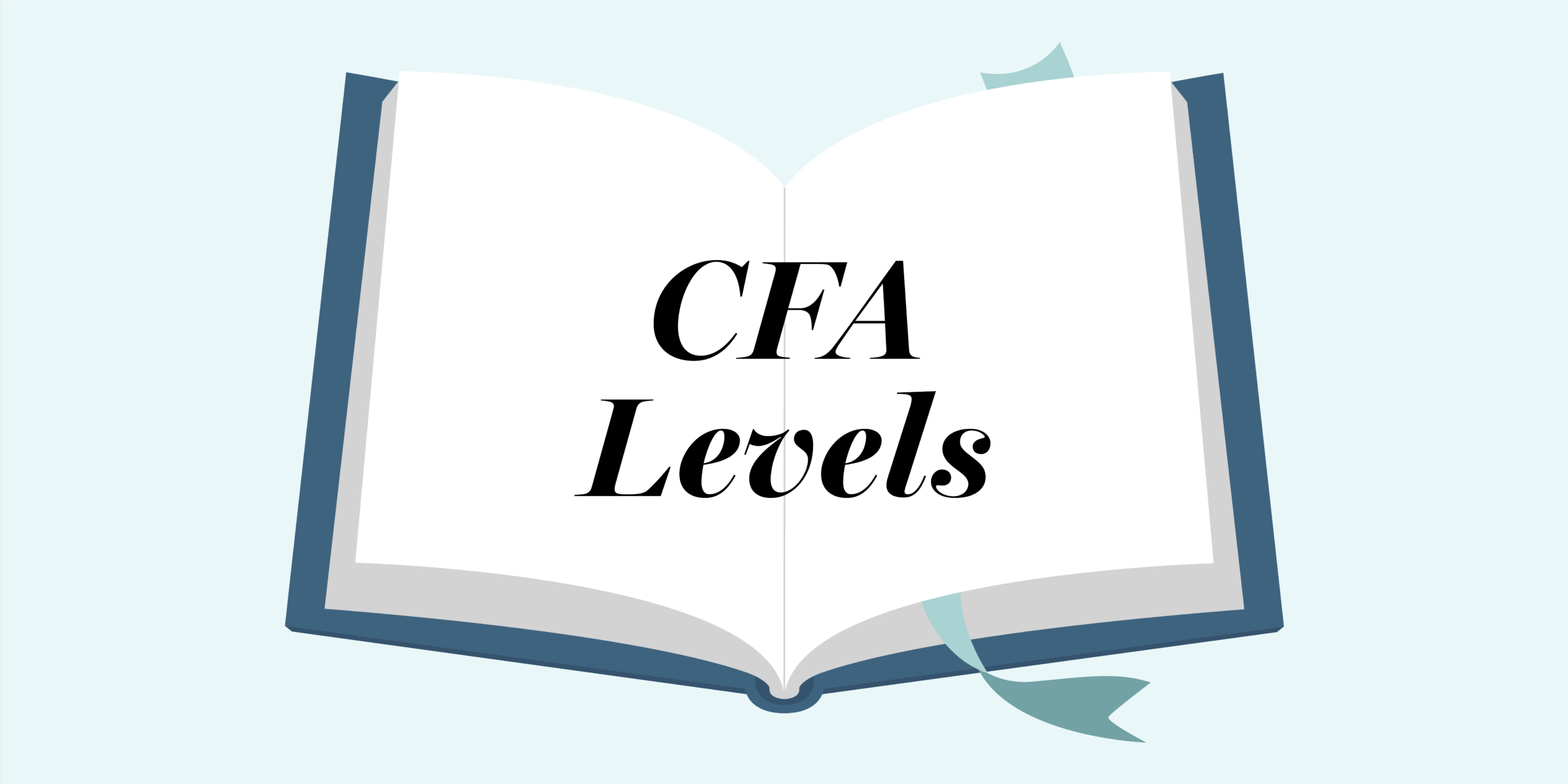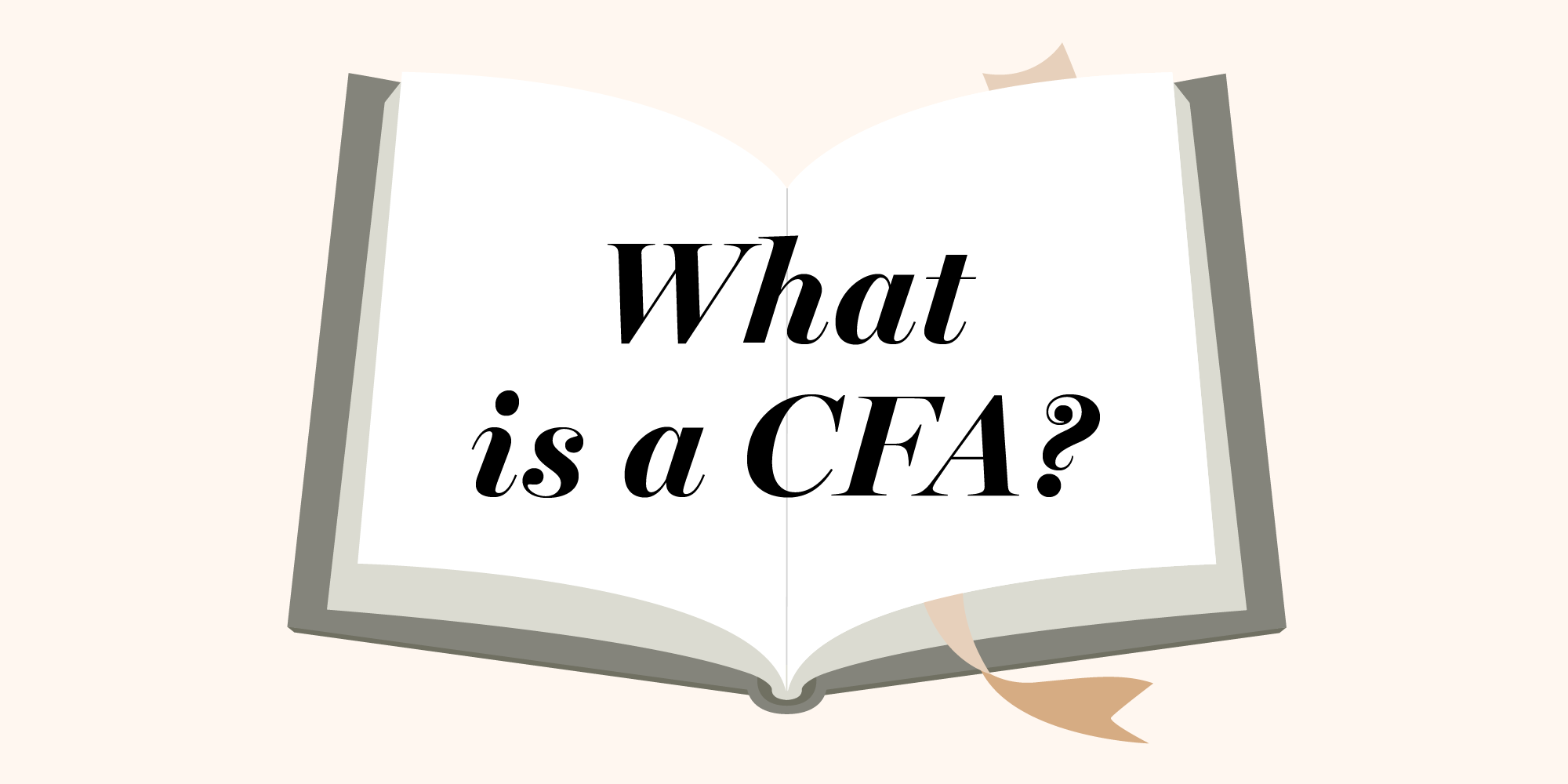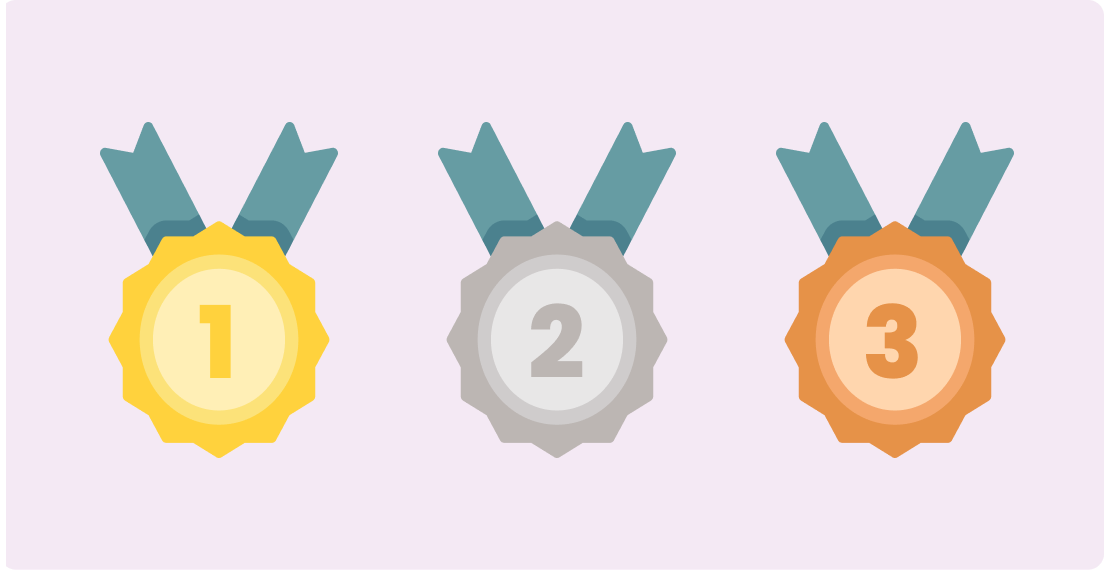So you’ve decided to take the leap and do your CFA, but you’re not sure what you’re getting yourself into or what to expect from the various CFA levels. Like a marathon, the CFA requires a great deal of preparation. The certification is divided into three comprehensive levels, ensuring you cover all relevant topics in the financial industry. Each level is designed to teach and test your skills.
Let’s further break down the three CFA levels:
CFA level one
The CFA level one establishes a foundation of knowledge necessary for progressing in the CFA Program. CFA one is sometimes described as a mile wide, but only a few feet deep. Candidates would have already encountered many of the topics covered by CFA in previous business and finance university programs.
The CFA level one exam broadly tests CFA candidates across the spectrum of finance, economics and business ethics. It is the breadth of the exam that makes it difficult. However, each topic of the CFA exam would have been treated as a separate course in university. The exam is like writing a multiple-choice test on all of your university courses on the same day, at a medium difficulty level in terms of depth and detail. The exam may be easier for those who have a background in finance or economics, but with committed time, effort and energy, most people can sufficiently learn the material. Level I consists of 180 multiple-choice questions, split into two sessions, each 135 minutes long.
Here is the breakdown of the exam in percentages:
| Topic | Percentage of Exam |
| Ethical and professional standards | 15-20% |
| Quantitative methods | 6-9% |
| Economics | 6-9% |
| Financial statement analysis | 11-14% |
| Corporate issuers | 6-9% |
| Equity investments | 11-14% |
| Fixed income | 11-14% |
| Derivatives | 5-8% |
| Alternative investments | 7-10% |
| Portfolio management | 8-12% |
Source: CFA Institute
CFA level two
CFA level two consists of 22 item sets (also known as mini-cases or “vignettes”) with 88 multiple-choice questions split between two 132-minute sessions. The Level two exam emphasizes both analysis and application. Each vignette is one to three pages in length, followed by four to six multiple-choice questions. Candidates must decipher the relevant information within the case to answer each question by interpreting charts, tables and graphs of data.
The CFA level two curriculum delves further into financial analysis by expanding on the investment tools that candidates developed in level one. Many new concepts are presented that are normally covered in specialized courses in upper-level undergraduate business programs. The level two exam has a strong focus on financial reporting and equity investments, while there is a growing emphasis on alternative investments and derivatives. Ethics and professional standards, always an important subject, accounts for approximately 10 per cent of the exam. A minimum of 300 hours of self-study time is recommended for the CFA level two.
Here’s the full breakdown of the CFA Level two topics:
| Topic | Percentage of Exam |
| Quantitative methods | 5-10% |
| Economics | 5-10% |
| Financial statement analysis | 10-15% |
| Corporate issuers | 5-10% |
| Equity investments | 10-15% |
| Fixed income | 10-15% |
| Derivatives | 5-10% |
| Alternative investments | 5-10% |
| Portfolio management | 10-15% |
| Ethical/professional standards | 10-15% |
Source: CFA Institute
CFA level three
While CFA level one and CFA level two emphasize analytical tools, CFA level three focuses on synthesizing concepts and analytical methods into portfolio management and private wealth planning. It places a secondary focus on strategies for applying the tools, inputs, and asset valuation models for managing equity, fixed income, derivative and alternative investments. Ethical and professional standards remain an important topic.
The CFA level three exam notably differs from previous exams by featuring an essay portion in the morning and a multiple-choice portion in the afternoon. A common misconception is that candidates are expected to formulate their answers using structured and well-written essays. On the contrary, given time constraints, bullet points and incomplete sentences are acceptable as long as the meaning is clear and in direct response to the question.
Another CFA urban myth is that most candidates fail the morning session and redeem themselves in the afternoon. Given the result’s confidentiality, it’s unlikely that this will ever be substantiated or refuted. However, given our own experiences and those of other CFA candidates we have talked with, we tend to agree with this perception.
CFA level three has historically had the highest pass rate of all three exams, and it is often referred to as the easiest of the three levels. But don’t let this fool you – successful candidates are encouraged to dedicate the same number of hours to preparing for level three as they did for previous exams. Level three is no time to slack off. Candidates should approach the exam with the same regimented approach they used for the last two levels.
CFA level three allows the option to specialize in one of three pathways: private wealth, private market, or portfolio management. Level three consists of 11 item sets and 11 essay sets with multiple choice. There are two 132-minute sessions, each comprising six item sets and five essay sets, or vice versa.
Here’s the breakdown of the exam topics:
| Topic | Percentage of Exam |
| Asset allocation | 15-20% |
| Portfolio construction | 15-20% |
| Performance measurement | 5-10% |
| Derivatives/risk management | 10-15% |
| Ethical/professional standards | 10-15% |
| Specialized pathway | 30-35% |
Source: CFA Institute
Still unsure if a CFA is for you? Learn more about the CFA exam and certification.





